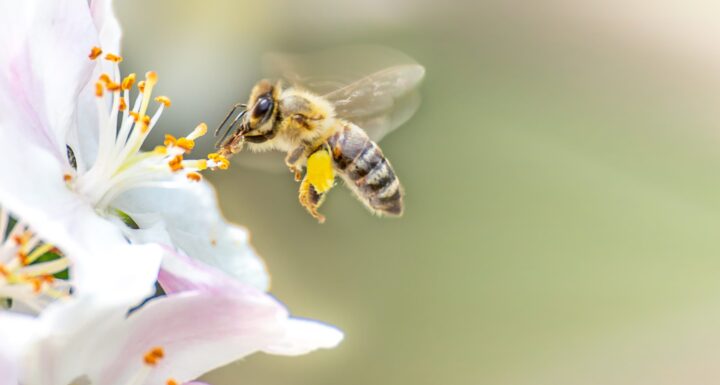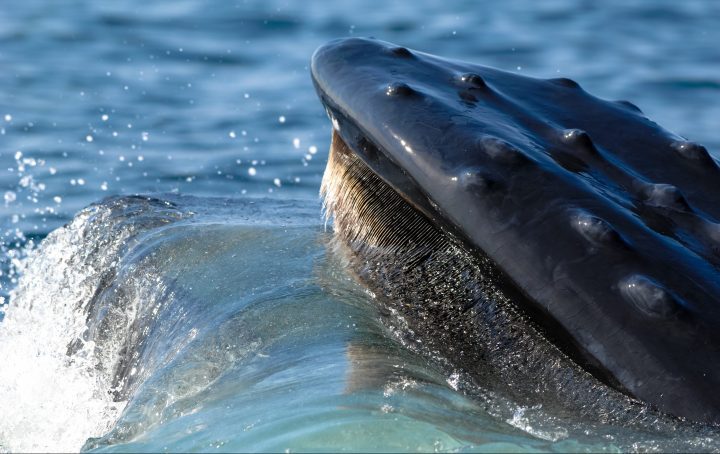Modified whiskers of the Florida manatee capture and handle food with the help of finely controlled lips.
Whiskers are a familiar sight on mammals. Also called vibrissae, they’re commonly found on the face and used to sense tactile cues from the physical world around a mammal. The Florida manatee is an aquatic mammal that has vibrissae all over its body, but especially concentrated on the face and near the mouth. The vibrissae on its lips are modified into short, stiff bristles that appear to have a unique function among mammals: they’re primarily used to capture and handle food and other objects.
The Florida manatee’s muscular lips have a special shape and are capable of fine controlled movements. The upper lip is shaped like a plump U, with the ends pointing back toward the mouth and bearing tufts of stiff vibrissae. The bottom lip is round and also bears bristles. When feeding on submerged plants (manatees are herbivores), the manatee brings the ends of its upper lip together and extends the bristles, which grab the plant and direct it toward the mouth. The upper lip then spreads back out and the lower jaw closes, pushing the plant farther into the mouth. When feeding on floating plants, the upper lip is first used like a rake. The manatee extends its upper lip over the floating plant and repeatedly rakes it towards its mouth using the lip’s bristles.
Other parts of the Florida manatee’s snout is covered in vibrissae that are highly sensitive to touch. These enable the manatee to sense and explore food and objects before using its bristly vibrissae to grasp them. Having such a sensitive and finely controlled system for gathering food likely helps manatees efficiently feed on a variety of aquatic plants at different locations in the water column.







